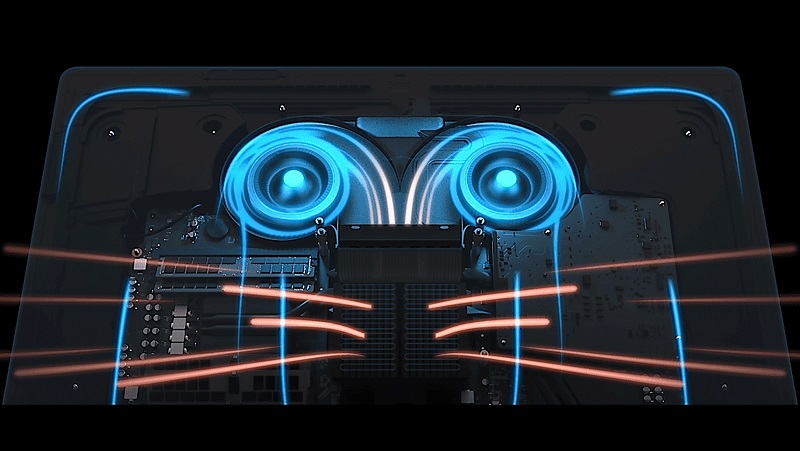Apple Reveals Flagship iMac Pro for late 2017
Samuel Wan / 8 years ago

At WWDC, Apple revealed their return to the high-end desktop market. Ever since the garbage can Mac Pro disaster came out, Apple has shunned this market. The lack of any viable alternative has crippled the enthusiast Mac market. Heavy users have had to rely on the ageing Mac Pro or use the underpowered iMac. Due to this issue, Apple announced earlier in the year a Mac Pro for 2018. At WWDC, Apple finally revealed their solution, the new iMac Pro.
As crazy as it sounds, Apple is again toying with a non-traditional desktop form factor high-end PC. The new iMac Pro uses the 27-inch model iMac as the foundation with numerous tweaks to earn the Pro moniker. First and foremost, the cooling system is dramatically improved. Instead of a single fan and vent, the Pro features 2 fans along with double horizontal vents at the bottom. This gives it at least workstation laptop level of cooling. The other aspect of the Pro moniker is performance and flexibility. To meet the flexibility requirement, Apple added 4 Thunderbolt 3 ports in addition to the usual USB, plus a 10 gigabit Ethernet port.

The other aspect of the Pro moniker is performance and flexibility. To meet the flexibility requirement, Apple added 4 Thunderbolt 3 ports in addition to the usual USB, plus a 10 gigabit Ethernet port. The drive all of this I/O, Apple is supplying 8 to 18 CPU cores. The only option is Intel’s Skylake-X platform. The Skylake-X delays is likely a cause for the late iMac Pro launch. AMD’s Vega GPUs will likely provide the graphics grunt.
So far, it looks like Apple will deliver a worthy high-end workstation class PC. However, the use of the all-in-one form factor raises many concerns. For one, users likely won’t be able to do any upgrades. At least with this more conventional form factor, Apple won;t be running into the same issues that plagued the 2013 Mac Pro. Given what we’ve seen of the laptop workstation market, I expect the new iMac Pro to be developed along similar lines, with no upgradeability but consistent performance updates.



















